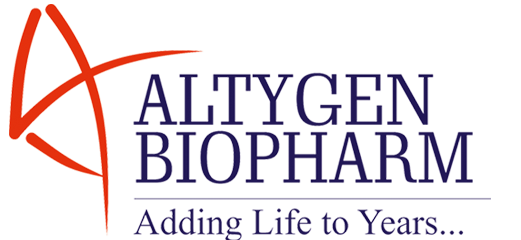
CilniCCB 10
Description:
CilniCCB contains Cilnidipine, a calcium channel blocker used primarily for the treatment of hypertension (high blood pressure). It belongs to the dihydropyridine class of calcium channel blockers, similar to other medications like amlodipine and nifedipine. Cilnidipine is known for its unique dual action, as it blocks both L-type and N-type calcium channels.
Category: Renal Medicine
Composition:
CilniCCB 10mg: Each tablet contains Cilnidipine 10 mg
Mechanism of action:
Cilnidipine is a dihydropyridine calcium-channel blocker used primarily to treat hypertension Cilnidipine acts on the L-type calcium channels found in vascular smooth muscle membranes.
By binding to the dihydropyridine site of these channels, it inhibits the influx of calcium ions.
This suppression of calcium entry leads to vasodilation, reducing blood pressure.
Cilnidipine has a Dual Action on N-Type Channels:
Unlike many other calcium antagonists, cilnidipine has a unique property.
It can also act on the N-type calcium channels present in sympathetic nerve terminals.
By blocking both L-type and N-type channels, cilnidipine effectively reduces blood pressure.
In summary, cilnidipine’s dual action on calcium channels results in vasodilation, making it an effective antihypertensive medication.
Purpose
Anti-Hypertensive
Indications
Antihypertensive Effect:
Cilnidipine's primary therapeutic effect is the reduction of blood pressure. It is often prescribed to individuals with hypertension to help manage and control their blood pressure levels.
End-Organ Protection:
Some studies suggest that Cilnidipine may have protective effects on target organs, such as the heart and kidneys, beyond its blood pressure-lowering effects. This may be particularly beneficial for individuals with hypertension and related organ damage.
Usage in Hypertensive Patients with Chronic Kidney Disease (CKD):
Cilnidipine is sometimes preferred in hypertensive patients with chronic kidney disease due to its potential renal protective effects.
Dosage:
The dosage and administration of Cilnidipine are determined based on the individual patient's condition and response to treatment.
Administration:
Cilnidipine is typically administered orally in the form of tablets. The medication is often taken once daily, but the specific dosage and frequency depend on the prescribed treatment plan.
Presentation:
CilniCCB 10 : One box contains 10 strips of 10 tablets each.
Disclaimer
This information is for registered medical practitioner only. All others should consult a medical practitioner before using it



